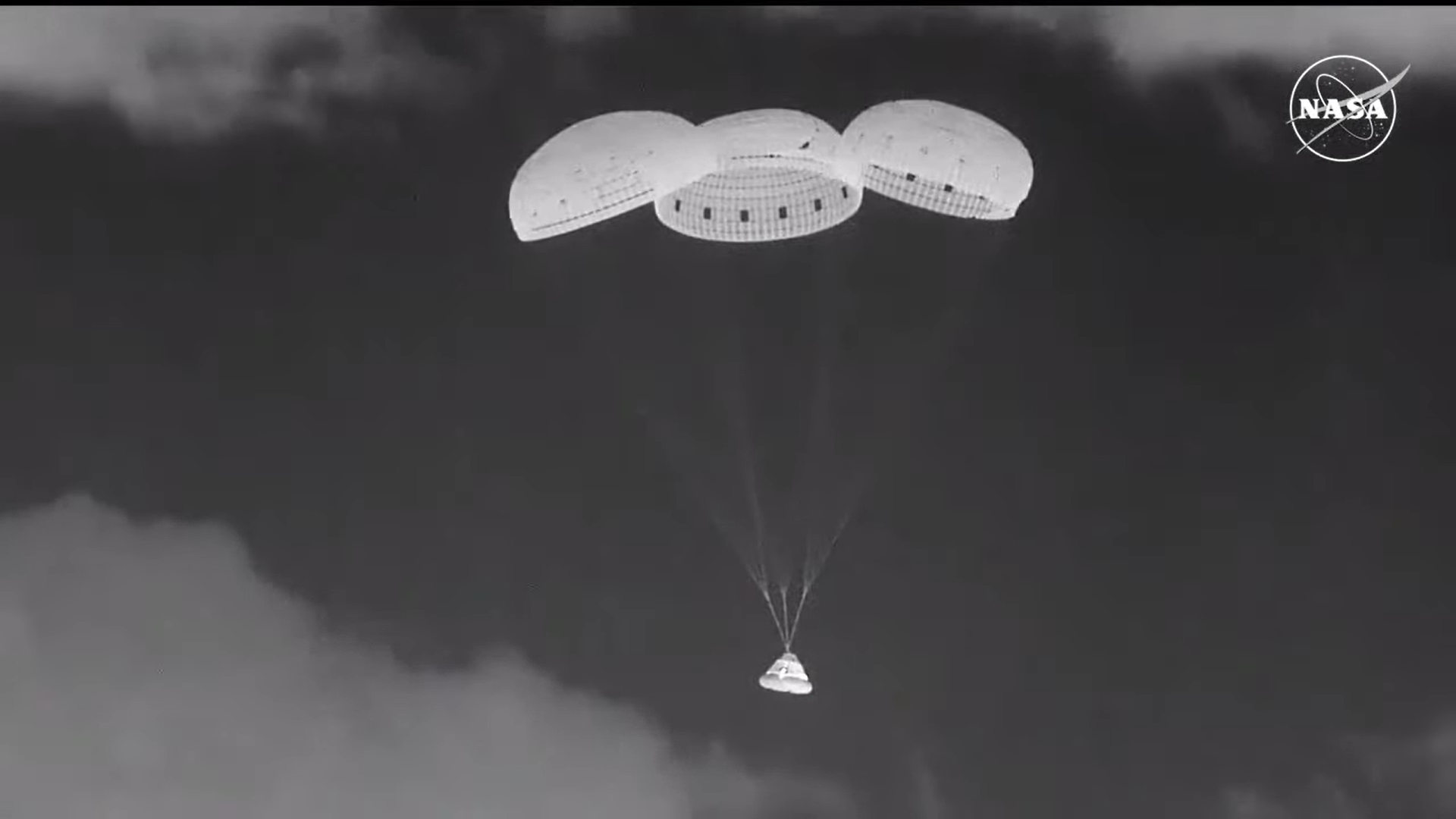Petrov’s Flu is an ode to Russian sci-fi and absurdist art Sergey Ponomarev/Sovereign Films
Petrov’s Flu
Kirill Serebrennikov
In UK cinemas now
PETROV (Semyon Serzin) is riding a trolleybus home across the snowbound city of Yekaterinburg when a fellow passenger mutters that the rich deserve to be shot. Seconds later, the bus stops, Petrov is pulled onto the street and a rifle is pressed into his hands. Street executions follow. Then, he is back on the bus and it is unclear how much of that actually happened.
Petrov’s Flu is an ambitious, mischievous film, one that is rich in allusions to Russian history, literature and cinema. It is also a painfully precise, gut-wrenching depiction of what it is like to run a high fever. Seeing everything from Petrov’s sick, disjointed point of view, we find the real world sliding away again and again, often into violent absurdity.
Petrov’s fever gradually breaks over the course of the film, but it is a while before we can be confident about what is real and what isn’t: whether his friend, the drunken mischief-maker Igor (Yuri Kolokolnikov), is real and whether Sergey (Ivan Dorn), the struggling writer who browbeats poor Petrov on every point, is a figment of Petrov’s febrile imagination.
At the start, Petrov’s Flu is very much a sci-fi movie. The city is languishing under an epidemic that arrived accompanied by lights in the sky; Petrova (Chulpan Khamatova), Petrov’s estranged wife, is possessed by a demonic alien force during a library poetry reading; UFO-themed street graffiti comes to life and wiggles across the screen.
As reality and hallucination part company, however, it becomes something different: a film about parents and children; about creative work, pretension and ambition; and also, strongly, about Russia’s love of science fiction.
“Petrov’s fever gradually breaks, but it is a while before we can be confident about what is real and what isn’t”
At its birth, Western science fiction, and especially US science fiction, celebrated adventure and exploration. Russian sci-fi has always been more about finding and building homes in a hostile environment. It is also strongly religious in spirit, and was indeed for many years one of Russia’s very few outlets for spiritual expression.
The aliens in Russian science fiction invariably offer some form of redemption to a struggling humanity, and Petrov’s Flu is no exception. One of the most affecting scenes in the film is when Petrov, overcome with fear, dashes with his son to a local hospital, only for the pair to be intercepted by a kindly UFO.
Such are Petrov’s fever dreams, coloured by his space-loving childhood and his adult career drawing comic books. At one point, he remembers his mum and dad decorating a Christmas tree with festive plastic astronauts; at another, Petrova goes on a murderous rampage among the climbing-frame rockets and spaceships of a dilapidated playground.
Fans of Andrei Tarkovsky, director of 1970s science-fiction classics Solaris and Stalker, will enjoy the nods to key moments in those films. But it would be a mistake, I think, to watch this film for the sci-fi in-jokes. True, Petrov’s Flu is a shocking and funny contribution to Russia’s centuries-old tradition of absurdist art. But it is also a film about people, not to mention an extraordinary evocation of febrile delirium and its assault on the mind.
In the end, as fantasy and reality separate, what might have seemed to be a disconnected bag of bits (some tender, some shocking, all horribly entertaining) turns out to be a puzzle that, once complete, leaves us exhausted but satisfied.
Omon Ra
Victor Pelevin
Faber and Faber
Note: This article have been indexed to our site. We do not claim legitimacy, ownership or copyright of any of the content above. To see the article at original source Click Here













